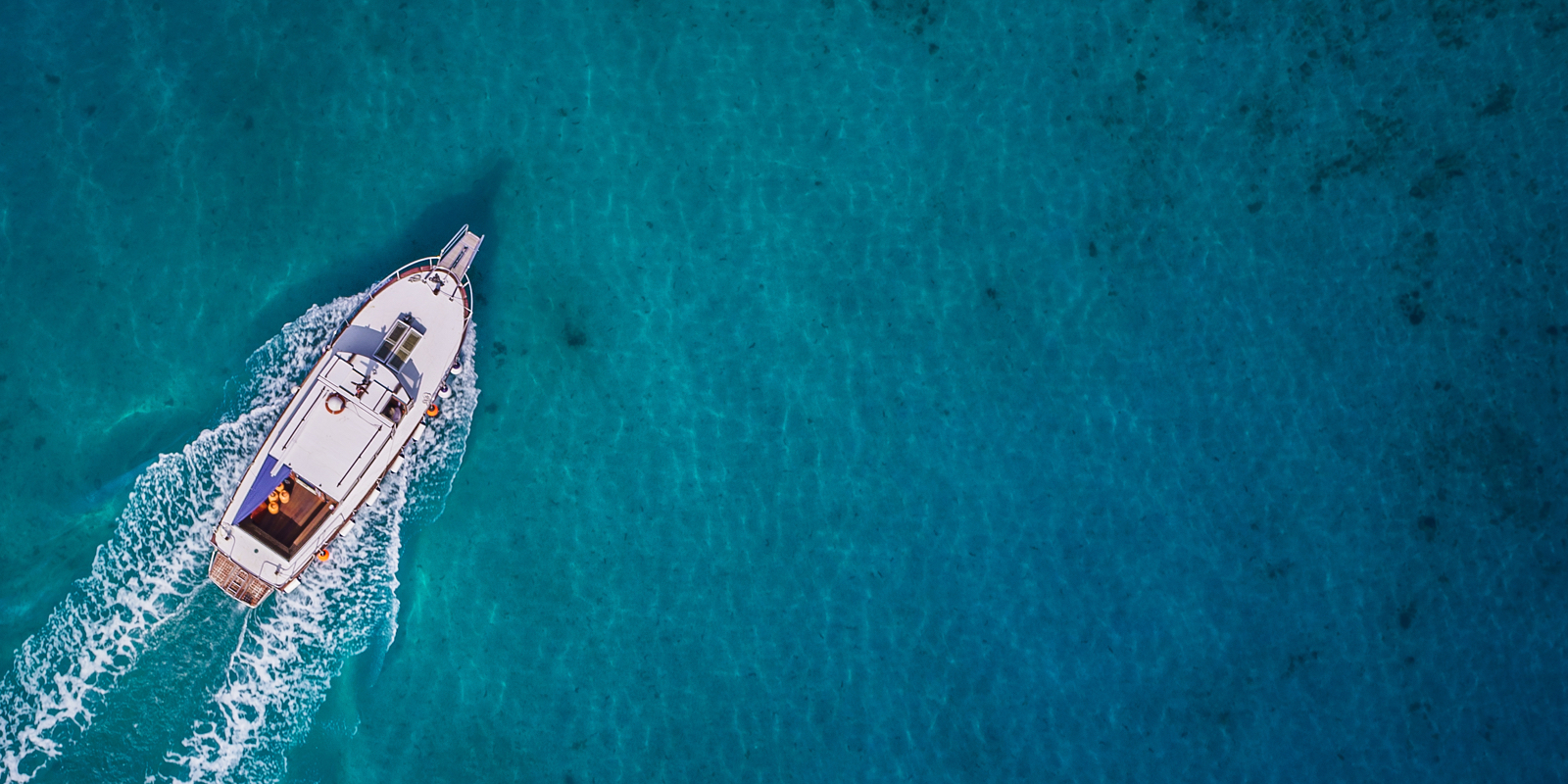ALUMINIUM
Pressed aluminium is a common construction method for entry-level trailerboats. Featuring riveted or welded aluminium hulls and sides, and bench or pedestal seating, pressed aluminium boats are generally small and lightweight.
Plate aluminium construction refers to a boat that’s built using an engineered sub-floor frame, heavy-gauge, high-tensile aluminium cut from flat plate and has a welded-in aluminium floor. Aluminium plate used for building recreational boats is 4mm to 5mm thick.
In a nutshell, pressed aluminium (tinnie) construction is great for smaller boats that will be used in calmer waters such as rivers, lakes and estuaries, while plate aluminium construction is ideal for bigger boats (over 5 metres in length) that will be used for bay, coastal and offshore boating.
Many commercial fishing boats and ferries are also of plate aluminium construction.


